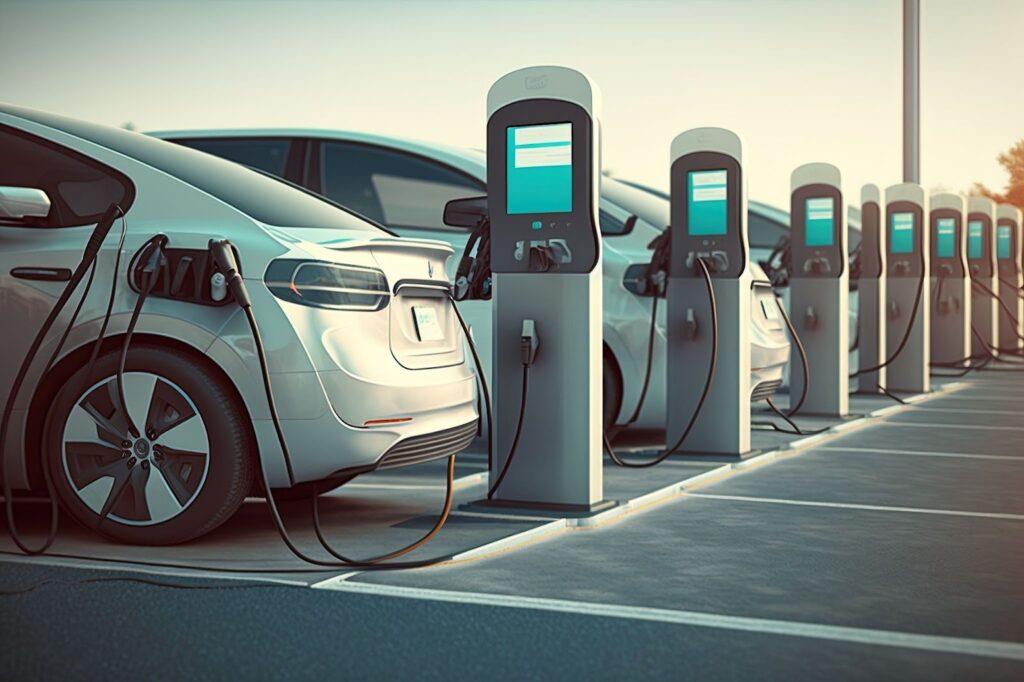In the streets in and around Saratoga, electrical vehicles (EVs) represent a significant portion of total automobiles on the road. In fact, over 34% of Bay Area vehicles are electric and 16% are hybrids, while the U.S. average of EVs is around 7%.
With this growing number, many schools and businesses have been required to adapt to front-line advancements such as installing many EV charging stations throughout the Bay. In fact, in August 2022, the California Air Resources Board approved the Advanced Clean Cars II rule requiring all new vehicles sold in California to be zero-emission vehicles (ZEVs) by 2035. With charging stations now becoming required infrastructure, it would be smart to anticipate some of the inevitable difficulties.
Usage policies are essential to ensure the fair and efficient use of the charging stations while avoiding potential issues or conflicts. The charging stations should be primarily accessible to primary users, including school staff, faculty, and students, with clear guidelines on time limits and fair usage.
Moreover, to foster inclusivity, provisions should be made for disabled users, ensuring that the chargers are accessible to them and that necessary accommodations, such as accessible parking and charging spaces, are available. The policy should also consider guest access and, if applicable, community access, while defining any priority rules for specific users or school vehicles. For example, guest vehicles should only be allowed usage of the EV chargers past school hours.
If three EV charging stations were to be installed in the staff parking lot, and three charging stations installed in the student parking lots, considering that there would be six EV users using the systems, each person should have a limited amount of time and not hog the resource.
Another important consideration: the type of EV charger installed. For the most efficiency, speed wise, direct current fast chargers would be ideal. DC fast chargers can provide charging speeds from 50 kW to 350 kW or more. They’re designed for rapid charging and are ideal for schools where users require quick turnaround times, like during the school day.
Although DC fast chargers are more expensive to install and operate due to their high power output and additional infrastructure requirements, they would be most logical to prevent “charger hogging.” It can take as little as 20-30 minutes to charge an EV from 20% to 80% or so with a high-powered DC fast charger.
Charging from 0% to 80% may take around 40-60 minutes, but the charging speed might slow down as the battery approaches full capacity. Charging an EV from 0% to 100% with a DC fast charger may take around 60-90 minutes, although charging speed might slow down in the final stages to protect the battery. Based on this information, something around a 1 hour time limit should be implemented among EV charger users.
Ultimately, there are many variables to be put into deliberation before installing EV chargers on campus. By the school establishing clear commonsense guidelines that emphasize fairness and accessibility, EV chargers will be a hugely positive addition to campus resources.
























